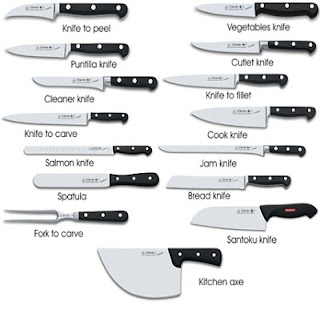Our pillow is very important piece of bedding that provides
comfort for your body and is the key to a good night’s sleep. Along with your
mattress, you’ll spend 1/3 of your time on your pillow so it’s good to know
what type of pillow works best for you. In order to find the best pillow for
your needs, you’ll need to know the different types, support, and sizes. Here
is a list of these different types of bed pillows, along with a little
information on support and sizes, which will help you find the pillow of your
dreams.
Fill and Pillow Types
- Natural Fill Pillow is feather, down (fluffy insulation under feathers), or a combination of both. These types of pillows and filling offer comfort by conforming to your head and neck. The fill power, which is how much filling included within the pillow, will be listed on high-end down pillows. The higher the fill power, the more lofts the pillow will have, and therefore, it will be more durable. (Note: Natural fill pillows labeled “allergy free”, means the fill has been sanitized of all impurities, can still affect allergy sufferers.)
- Synthetic Fill Pillow is a man-made fill, customarily polyester. Synthetic pillows are the inexpensive $5 pillows normally found in discount department stores. They have shorter life spans and do not conform to the head and neck like natural fill pillows. These pillows and filling are hypoallergenic and most affordable.
- Poly Cluster Fill Pillow is a synthetic fill of polyester clusters coated with silicone to feel and move like down, which conforms to your neck and head. These pillows are great for allergy sufferers because it gives the softness and allure of a true down pillow without the down and high cost.
- Foam Pillow is made of solid pieces or chunks of foam. These pillows are an inexpensive alternative to Memory Foam but more often found and used for decorative pillows.
- Memory Foam Pillow is a dense, sponge-like pillows that molds around the neck and head for extra support. This pillow contours are perfect for sleepers who prefer a firm pillow or have neck and spine issues.






















